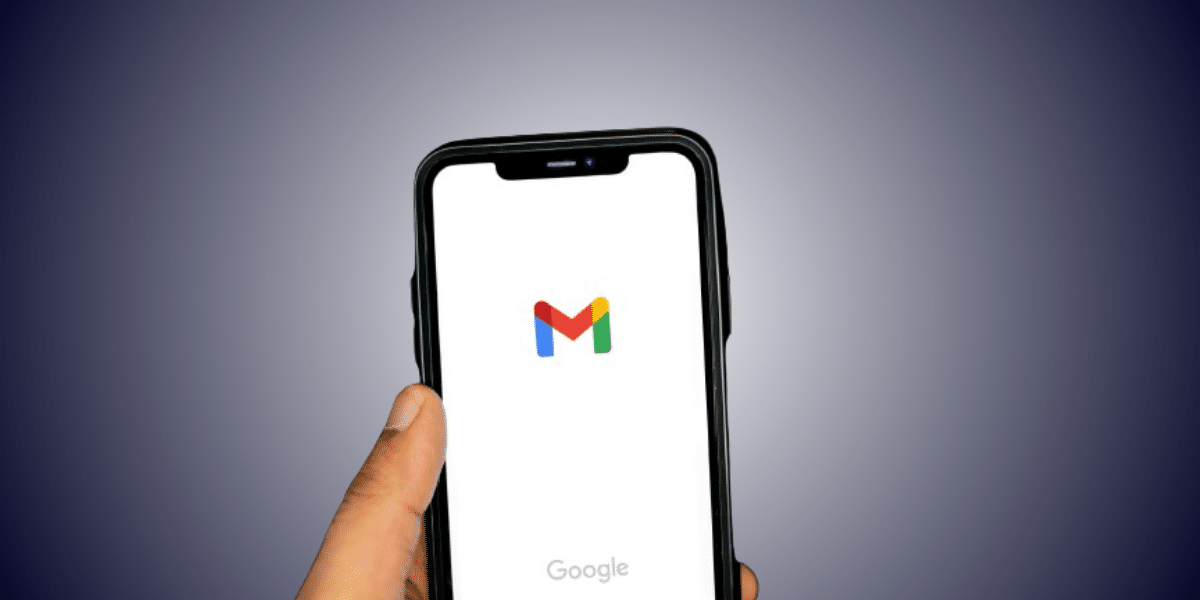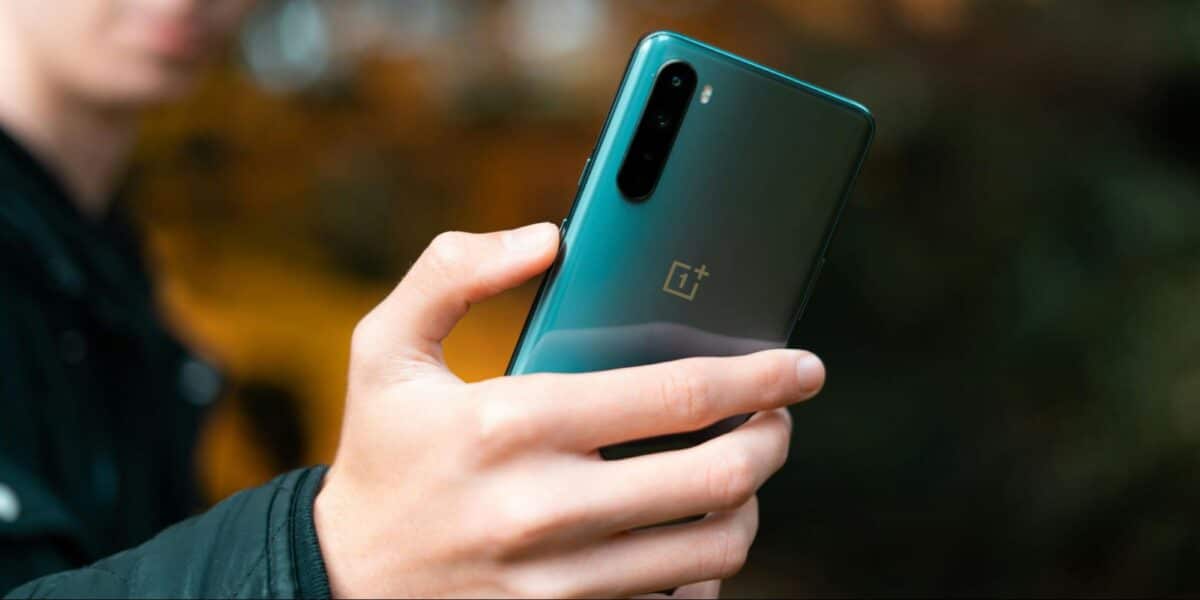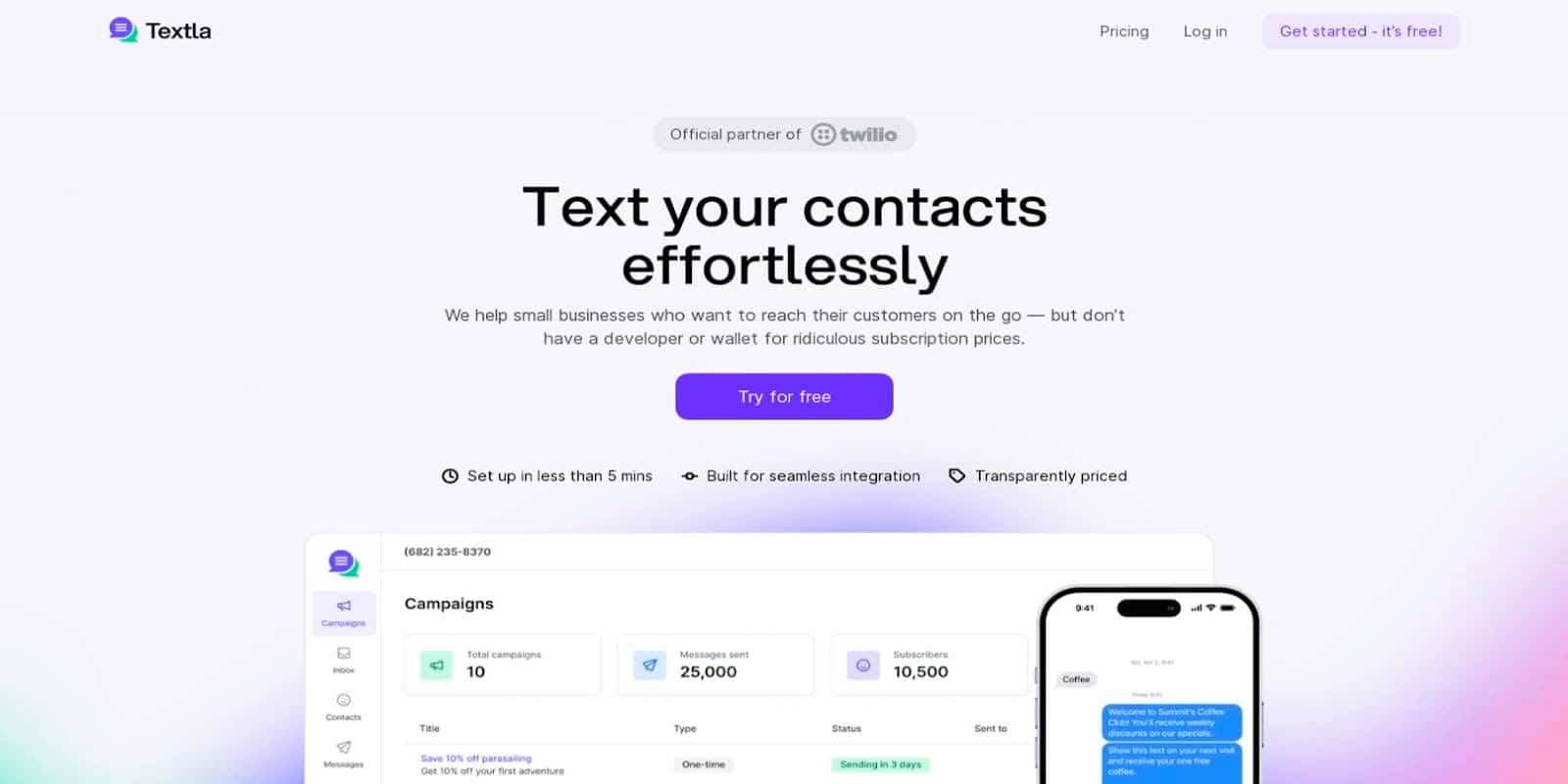The Rise of Handheld Gaming Consoles: Why They’re All the Rage
Hey gamers, ever noticed how handheld gaming consoles are making a comeback? Well, if you haven’t already, it’s time to take notice because these pint-sized powerhouses are quickly becoming the must-have gadget for gamers of all ages. From nostalgia-inducing classics to cutting-edge innovations, handheld gaming consoles offer a unique and portable gaming experience that’s capturing the hearts and minds of players around the world. So, let’s dive into why handheld gaming consoles are becoming more popular and why they’re here to stay.
First off, let’s talk about the convenience factor. In today’s fast-paced world, gamers are constantly on the go, juggling work, school, and social commitments. With a handheld gaming console, you can take your favorite games with you wherever you go, whether it’s on your morning commute, during a lunch break, or while waiting for your next flight. Plus, with features like quick startup times, instant saves, and long battery life, handheld gaming consoles offer a hassle-free gaming experience that fits seamlessly into your busy lifestyle.
But it’s not just about convenience – handheld gaming consoles also offer a level of versatility and variety that’s hard to beat. With a vast library of games spanning multiple genres, styles, and platforms, there’s something for everyone to enjoy on a handheld gaming console. Whether you’re into action-packed adventures, brain-teasing puzzles, or classic arcade games, you’ll find a wealth of titles to choose from that cater to your interests and preferences. Plus, with the ability to download games from digital storefronts or play cartridges from your favorite franchises, handheld gaming consoles offer endless possibilities for gaming fun.
Moreover, handheld gaming consoles are more affordable and accessible than ever before, making them an attractive option for gamers on a budget. With prices ranging from budget-friendly to premium, there’s a handheld gaming console to suit every price point and gaming need. Plus, with advancements in technology and manufacturing processes, handheld gaming consoles are more powerful and feature-rich than ever before, offering high-quality graphics, immersive sound, and responsive controls that rival their console counterparts.
In addition to affordability, handheld gaming consoles also offer a social and collaborative gaming experience that’s perfect for gamers on the go. With features like local multiplayer, online multiplayer, and social sharing capabilities, handheld gaming consoles make it easy to connect and compete with friends, family, and fellow gamers from around the world. Whether you’re teaming up with friends to take down a boss monster, challenging rivals to a head-to-head match, or sharing your gaming achievements on social media, handheld gaming consoles offer endless opportunities for social interaction and camaraderie.
But perhaps the most compelling reason why handheld gaming consoles are becoming more popular is the nostalgia factor. For many gamers, handheld gaming consoles evoke fond memories of childhood and simpler times, when gaming was a carefree escape from the pressures of everyday life. With a resurgence of retro gaming consoles and remastered classics, today’s gamers can relive the magic of their favorite childhood games on modern handheld consoles, complete with updated graphics, features, and functionalities. Whether it’s revisiting old favorites or discovering new gems, handheld gaming consoles offer a nostalgic trip down memory lane that’s hard to resist.
In conclusion, handheld gaming consoles are experiencing a renaissance, thanks to their convenience, versatility, affordability, social capabilities, and nostalgic appeal. Whether you’re a seasoned gamer looking for a portable gaming fix or a casual player looking for a fun and accessible way to pass the time, there’s never been a better time to jump on the handheld gaming bandwagon. So, why wait? Grab your favorite handheld console, load up your favorite game, and get ready to embark on an epic gaming adventure wherever life takes you!












